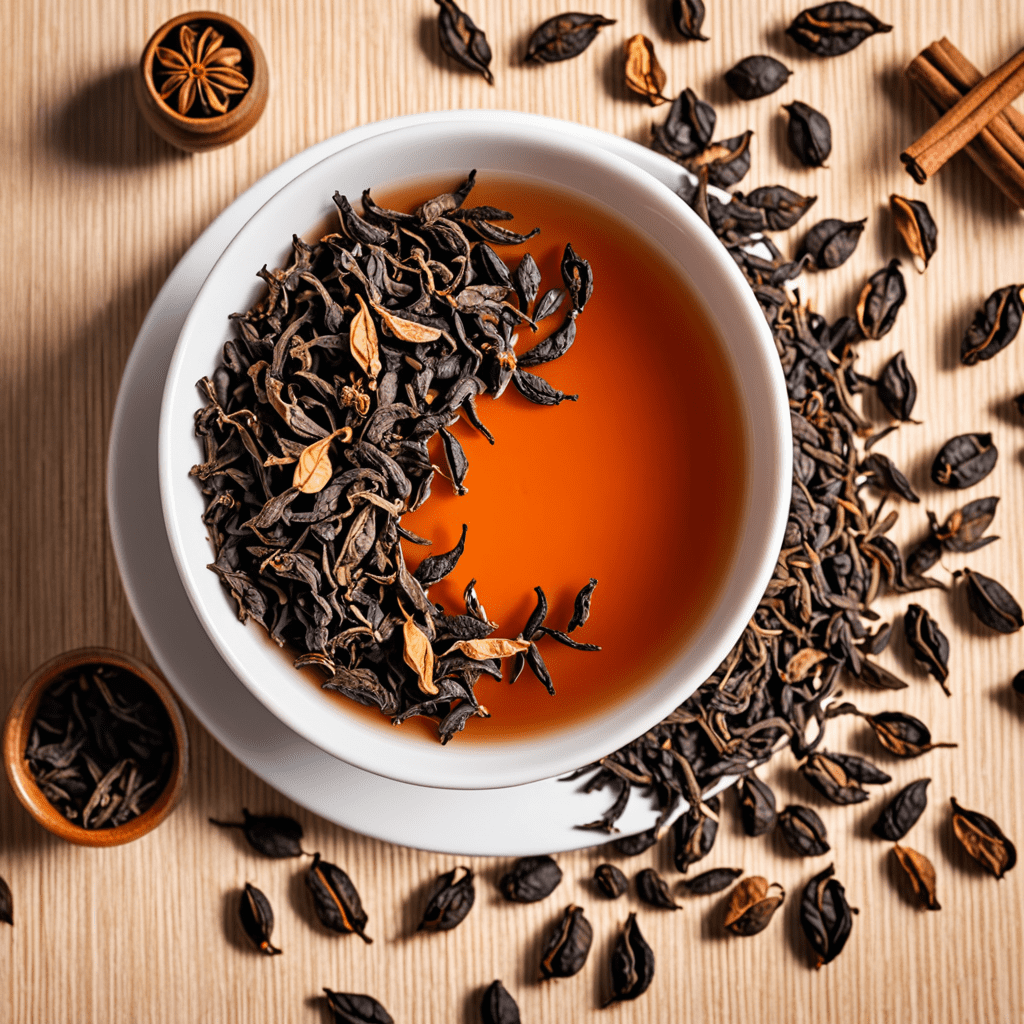Tea Appreciation in Ancient China: A Glimpse into the Past
I. Origins of Tea Culture in China
The history of tea cultivation and appreciation in China dates back thousands of years. According to legend, the Chinese emperor Shennong accidentally discovered tea's invigorating effects around 2737 BCE when leaves from a nearby tree blew into his boiling water. Archaeological evidence suggests that tea drinking was prevalent in China as early as the Han Dynasty (206 BCE – 220 CE), with written records from the 3rd century CE describing its widespread consumption.
II. The Significance of Tea in Chinese Society
Throughout Chinese history, tea has held a prominent position in both daily life and cultural traditions. It has been used as a beverage, a medicinal herb, and a source of inspiration for artists and poets. Tea has fostered social interactions, strengthened bonds between friends and family, and served as a symbol of hospitality and cultural exchange. Its widespread adoption speaks to its versatility and the deep appreciation it has garnered over centuries.
III. Tea Drinking Rituals and Customs
Chinese tea culture has developed a rich set of rituals and customs associated with tea drinking. These rituals vary depending on the region, social status, and occasion. Common practices include using specific teaware, such as delicate porcelain cups and 蓋碗 (gaiwan) bowls, as well as following specific steps for preparing and serving tea. These rituals add to the sensory experience and enhance the overall appreciation of tea.
IV. The Development of Tea Ceremony
During the Tang Dynasty (618-907 CE), tea drinking evolved into an elaborate ceremony known as 茶道 (chadao). This ceremony emphasized the aesthetic and spiritual aspects of tea appreciation, with practitioners striving to achieve a state of inner harmony and tranquility. The tea ceremony involves specific gestures, movements, and utensils, and has been passed down through generations, becoming an integral part of Chinese cultural heritage.
V. Tea Cultivation and Production Techniques
The cultivation and production of tea in ancient China were highly refined. Farmers carefully selected and cultivated tea plants, experimenting with different growing conditions and processing methods to produce a wide range of flavors and aromas. The development of specialized techniques, such as pan-frying, roasting, and scenting, further enhanced the diversity of tea products. These advancements laid the foundation for the rich variety of teas enjoyed in China today.
VI. The Role of Tea in Chinese Medicine
In ancient China, tea was recognized not only for its taste and cultural significance but also for its medicinal properties. Traditional Chinese medicine practitioners believed that tea had various health benefits, including promoting digestion, reducing fever, and improving overall well-being. Different types of tea were associated with specific ailments, and tea was often prescribed as a natural remedy.
VII. Tea as a Source of Literary Inspiration
Chinese poets and scholars have long praised tea's virtues, capturing its essence and cultural significance in their writings. The Tang Dynasty poet Lu Tong, known as the "Tea Sage," composed numerous poems extolling tea's qualities, describing its ability to evoke tranquility, clarity, and inspiration. Tea became a symbol of the refined and cultivated lifestyle, inspiring countless works of literature and art.
VIII. Tea's Economic and Social Impact
Tea played a significant role in China's economy and social development. The tea trade flourished both domestically and internationally, with China exporting tea to countries across Asia, Europe, and beyond. The cultivation and production of tea created employment opportunities and contributed to the growth of local communities. Tea also facilitated cultural exchange, bringing people from different regions together through shared appreciation of this beverage.
IX. Innovations in Tea Appreciation
Throughout history, Chinese tea enthusiasts have continuously sought new ways to enhance their tea drinking experience. This led to innovations in teaware, such as the development of specialized teapots, cups, and strainers. New methods of tea preparation emerged, such as the use of boiling water and the art of gongfu tea, which involves multiple infusions and precise temperature control.
X. Tea Appreciation in Ancient China: A Legacy that Endures
The rich tradition of tea appreciation that flourished in ancient China continues to shape modern tea culture. Many of the rituals, customs, and innovations developed centuries ago are still practiced today, ensuring the legacy of tea appreciation remains strong. From the tea ceremonies to the diverse range of tea varieties, the ancient principles of tea culture continue to inspire and captivate tea enthusiasts around the world.
FAQ
Q: What is the origin of tea drinking in China?
A: Tea drinking in China is believed to have originated around 2737 BCE, when Emperor Shennong accidentally discovered its invigorating effects.
Q: What is the significance of tea in Chinese culture?
A: Tea has been an integral part of Chinese society for centuries, serving as a beverage, a medicinal herb, a source of inspiration, and a symbol of hospitality and cultural exchange.
Q: What are some of the traditional tea drinking rituals in China?
A: Chinese tea drinking rituals involve specific gestures, movements, and utensils, such as using 蓋碗 (gaiwan) bowls and following precise steps for preparing and serving tea.
Q: How has tea cultivation and production evolved in China?
A: Over centuries, Chinese tea farmers and producers have developed refined techniques for cultivating tea plants and producing a wide range of flavors and aromas through specialized processing methods.
Q: What is the role of tea in Chinese medicine?
A: Traditional Chinese medicine practitioners have long recognized the medicinal properties of tea, using it to treat various ailments and promote overall well-being.

